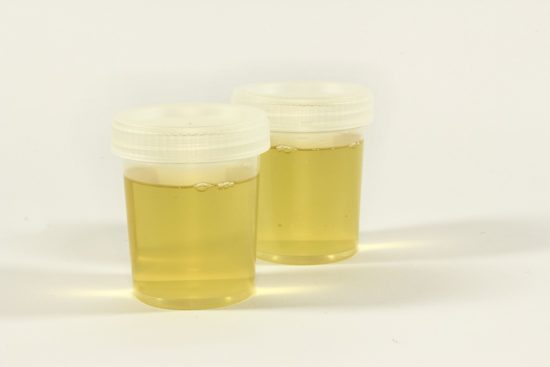The global burden of antimicrobial resistance – urinary tract infections
The risk for AMR in UTI varies in different patient populations. History of antibiotic consumption and physiology of urinary flow are major factors that shape AMR prevalence. The urinary tract is in close crosstalk with the microbiome of other compartments, such as the gut or the genital tracts. In addition, pharmacokinetic properties and the physiochemical composition of urinary compartments can contribute to emergence of AMR. Alternatives to antibiotic treatment and a broader approach to address bacterial infections are needed. Among the various alternatives studied, antimicrobial peptides (AMPs) and bacteriophage treatment appear to be highly promising approaches. We here summarize the present knowledge of clinical and microbiological AMR in UTI and discuss innovative approaches, namely new risk prediction tools and the use of non-antibiotic approaches to defend against uropathogenic microbes.
AMR NEWS
Your Biweekly Source for Global AMR Insights!
Stay informed with the essential newsletter that brings together all the latest One Health news on antimicrobial resistance. Delivered straight to your inbox every two weeks, AMR NEWS provides a curated selection of international insights, key publications, and the latest updates in the fight against AMR.
Don’t miss out on staying ahead in the global AMR movement—subscribe now!






